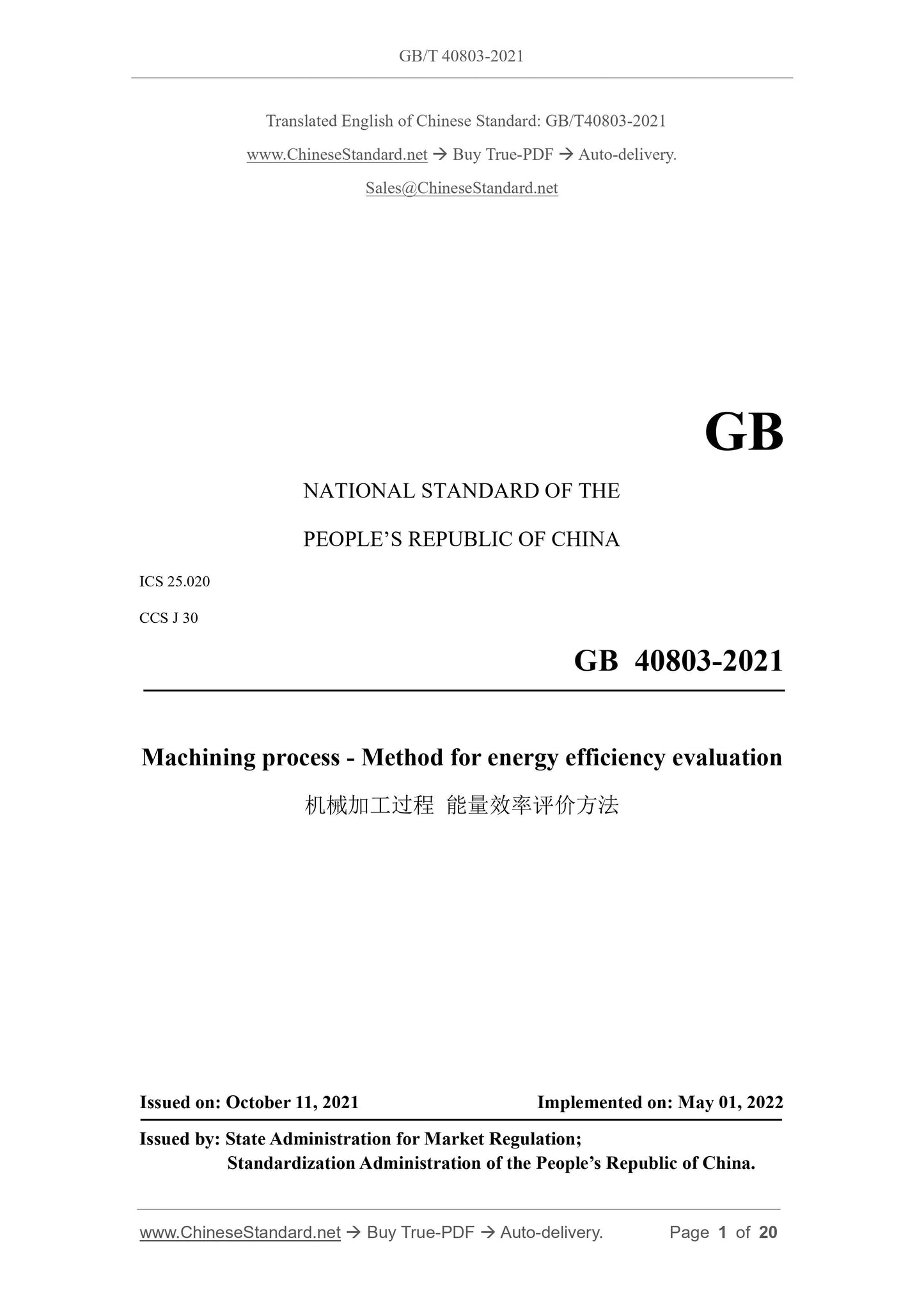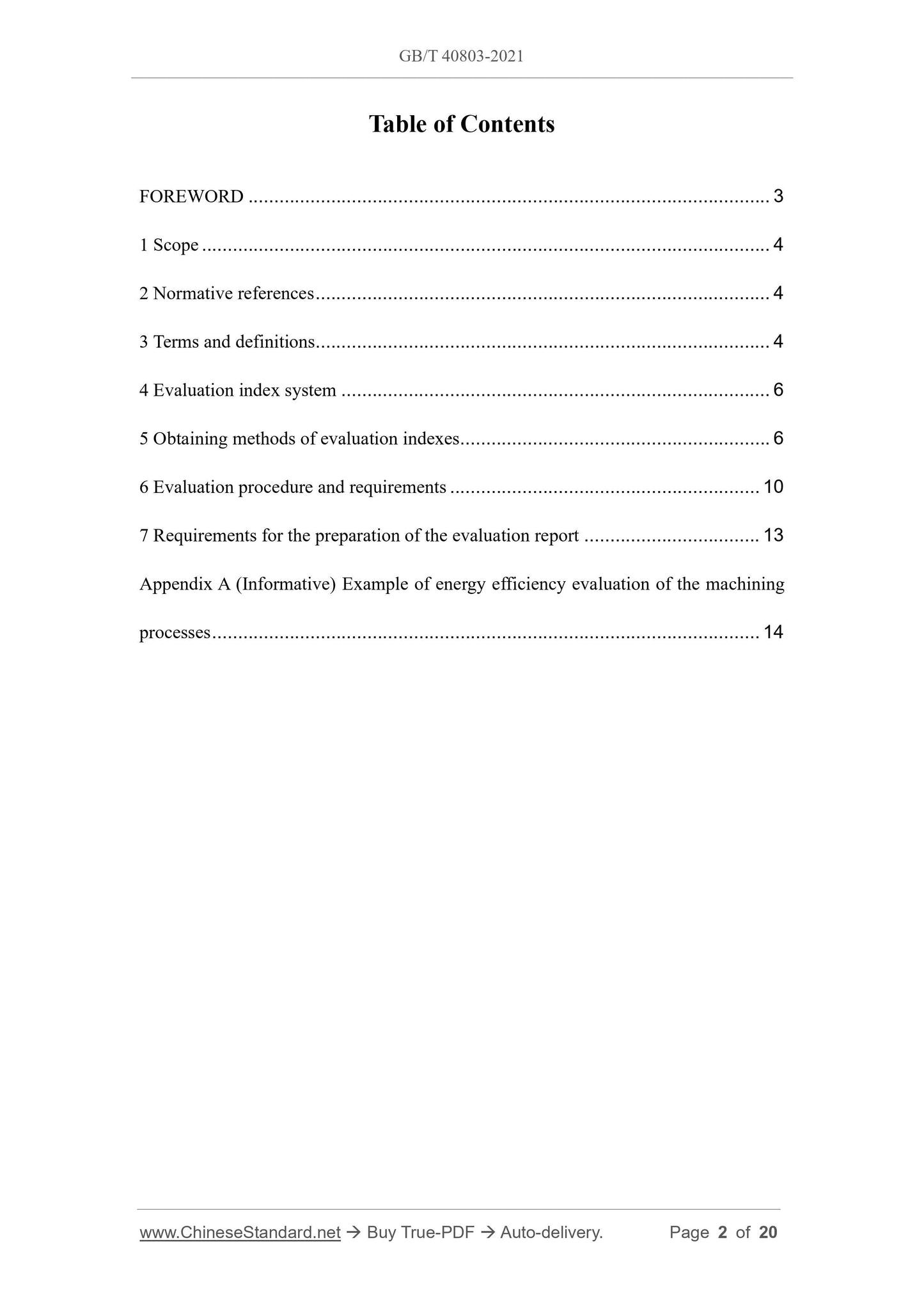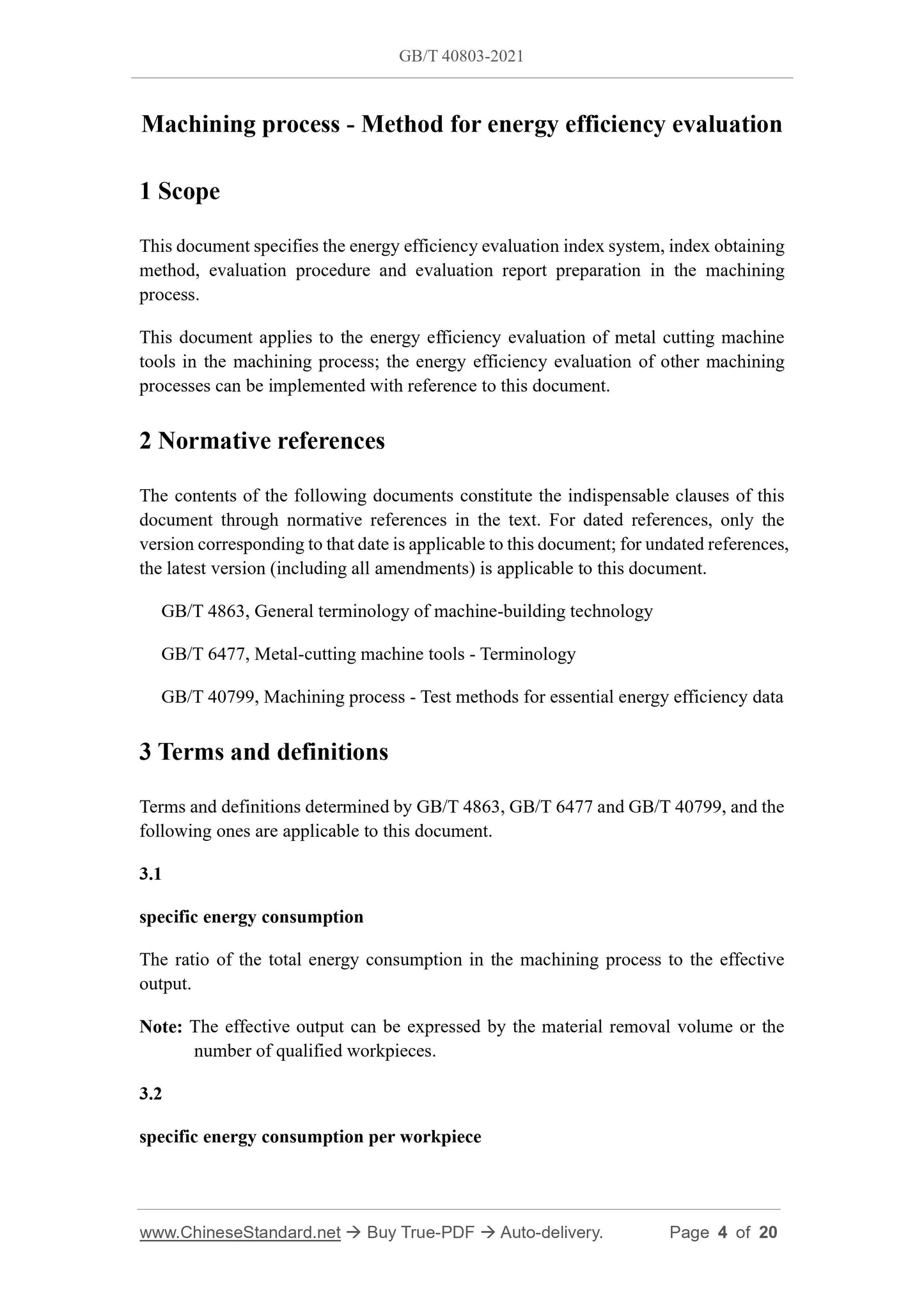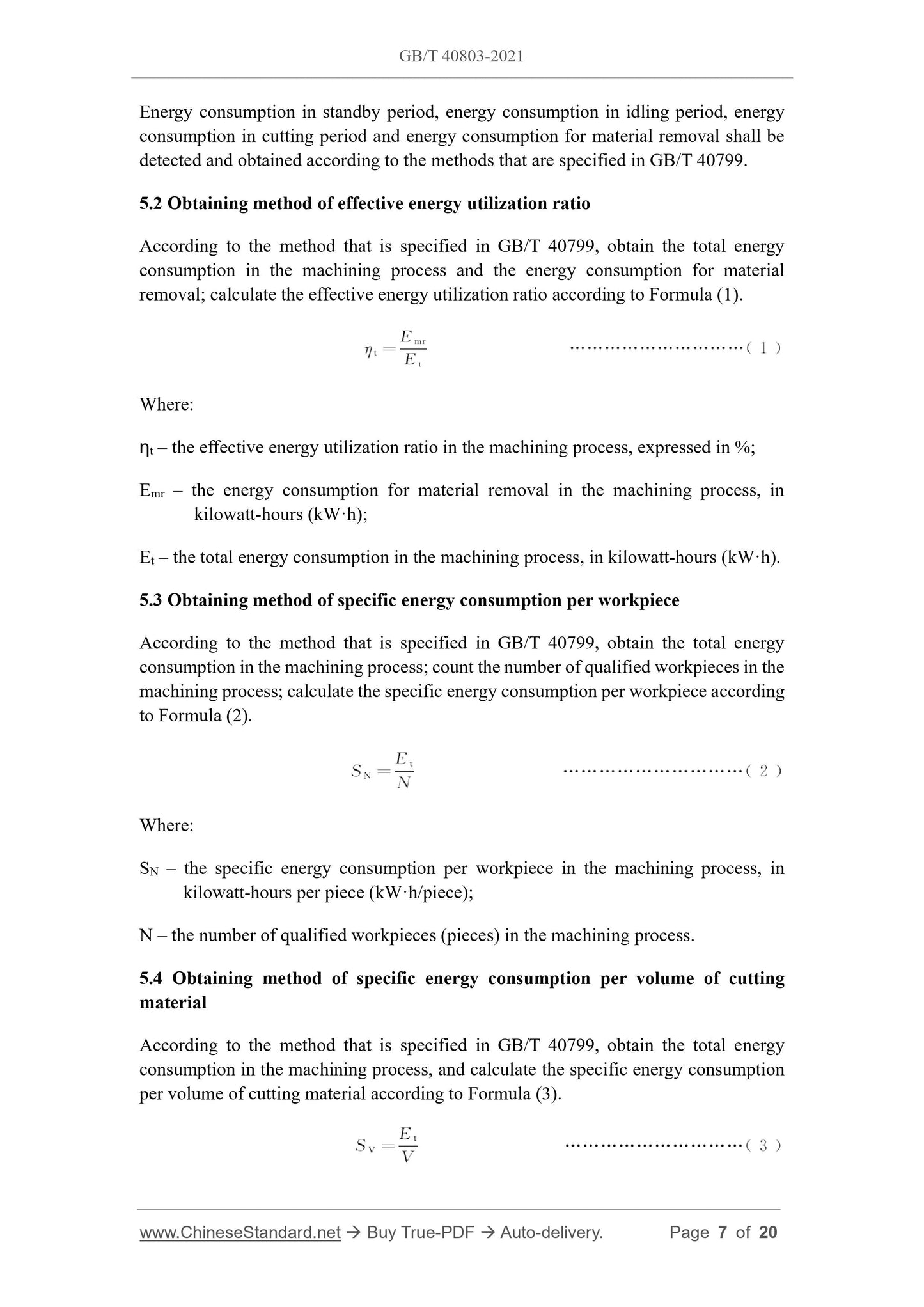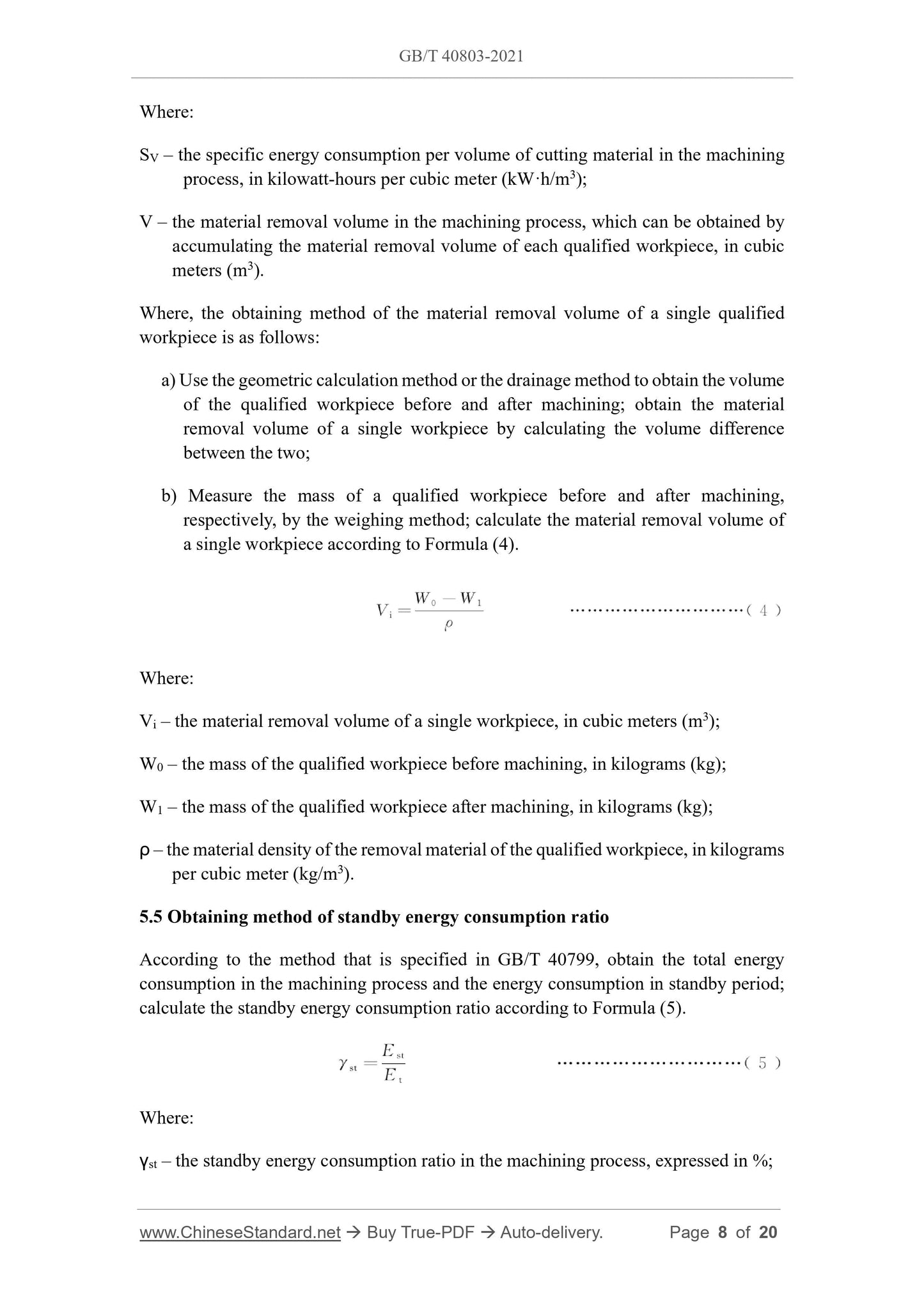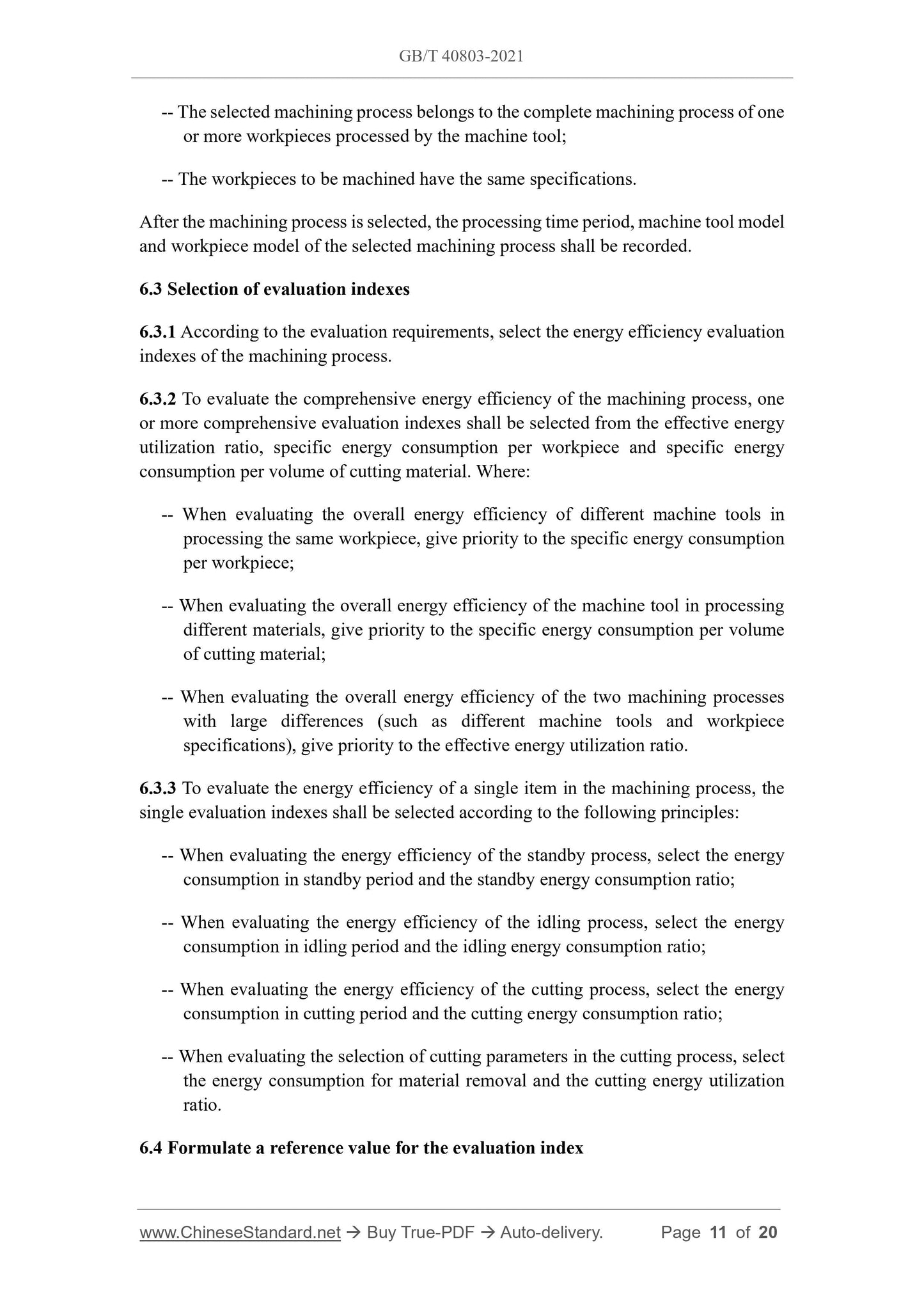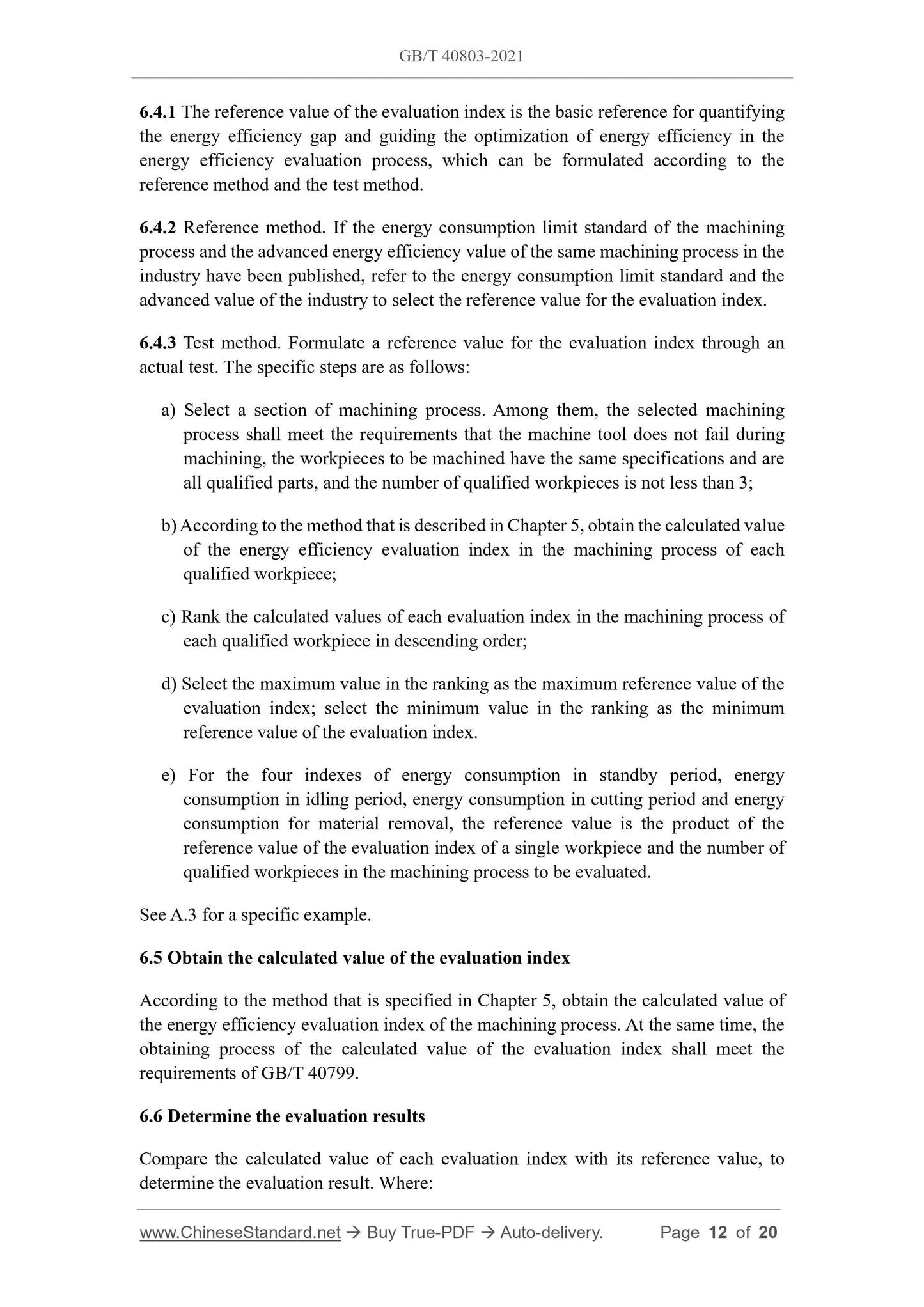1
/
of
7
www.ChineseStandard.us -- Field Test Asia Pte. Ltd.
GB/T 40803-2021 English PDF (GB/T40803-2021)
GB/T 40803-2021 English PDF (GB/T40803-2021)
Regular price
$245.00
Regular price
Sale price
$245.00
Unit price
/
per
Shipping calculated at checkout.
Couldn't load pickup availability
GB/T 40803-2021: Machining process - Method for energy efficiency evaluation
Delivery: 9 seconds. Download (and Email) true-PDF + Invoice.Get Quotation: Click GB/T 40803-2021 (Self-service in 1-minute)
Newer / historical versions: GB/T 40803-2021
Preview True-PDF
Scope
This document specifies the energy efficiency evaluation index system, index obtainingmethod, evaluation procedure and evaluation report preparation in the machining
process.
This document applies to the energy efficiency evaluation of metal cutting machine
tools in the machining process; the energy efficiency evaluation of other machining
processes can be implemented with reference to this document.
Basic Data
| Standard ID | GB/T 40803-2021 (GB/T40803-2021) |
| Description (Translated English) | Machining process - Method for energy efficiency evaluation |
| Sector / Industry | National Standard (Recommended) |
| Classification of Chinese Standard | J30 |
| Word Count Estimation | 14,125 |
| Issuing agency(ies) | State Administration for Market Regulation, China National Standardization Administration |
Share
